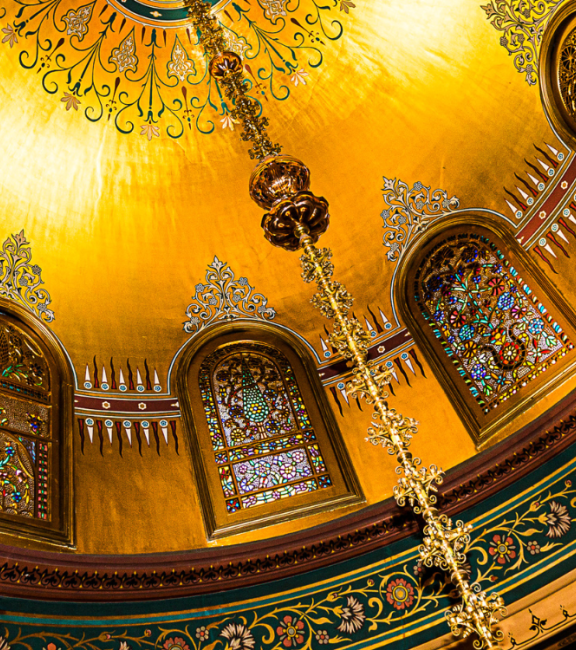
Golden dome in the Arab Hall, Leighton House
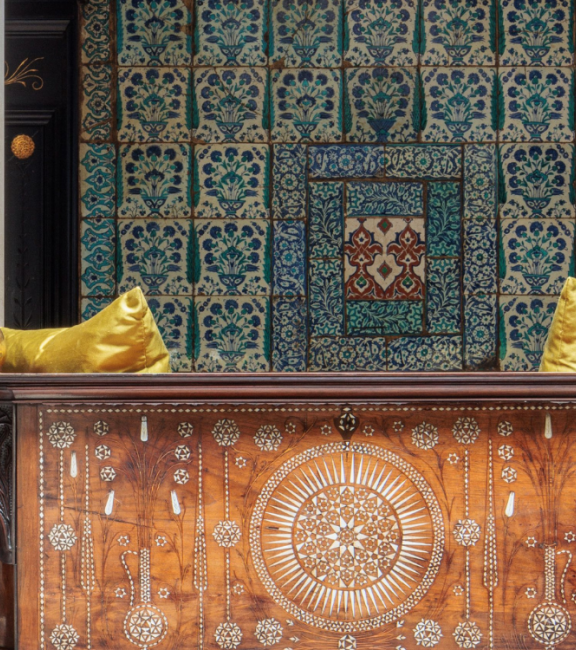
The staircase hall, Leighton House
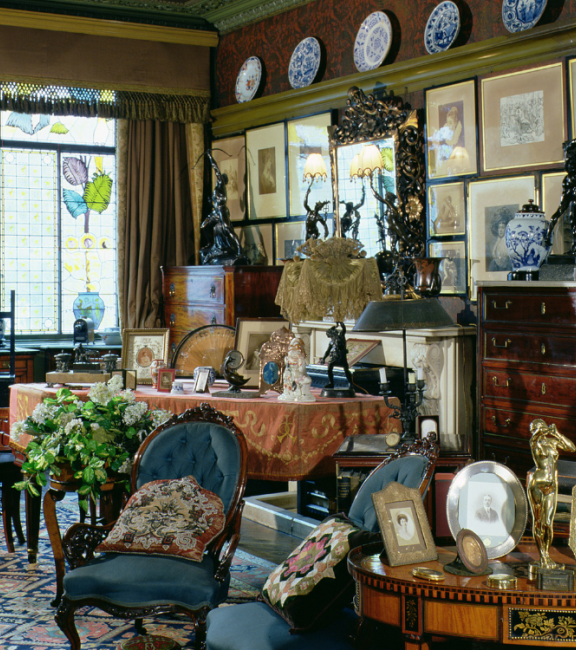
The Drawing Room, Sambourne House
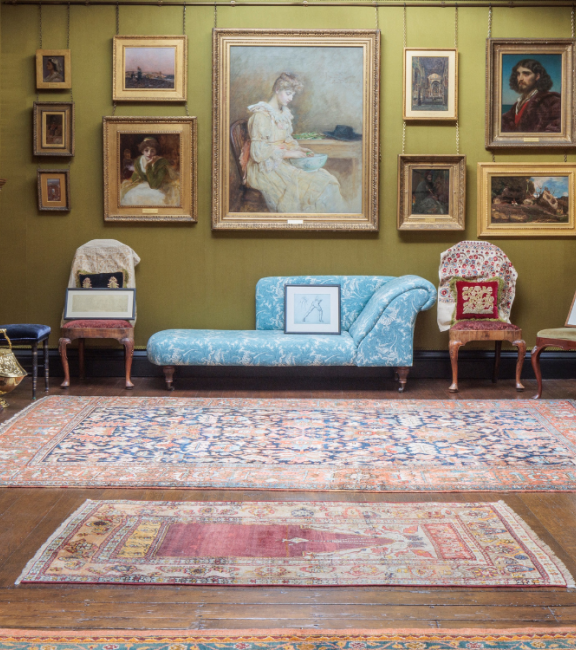
The Silk Room, Leighton House
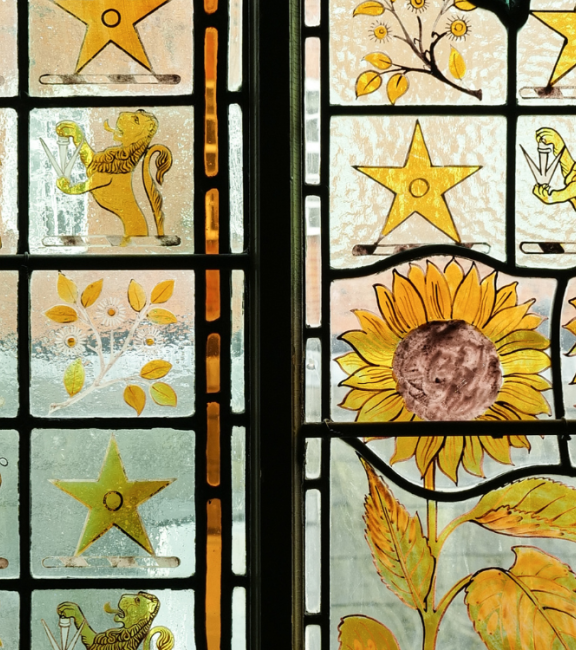
Stained glass window, Sambourne House
Welcome to Leighton House and Sambourne House
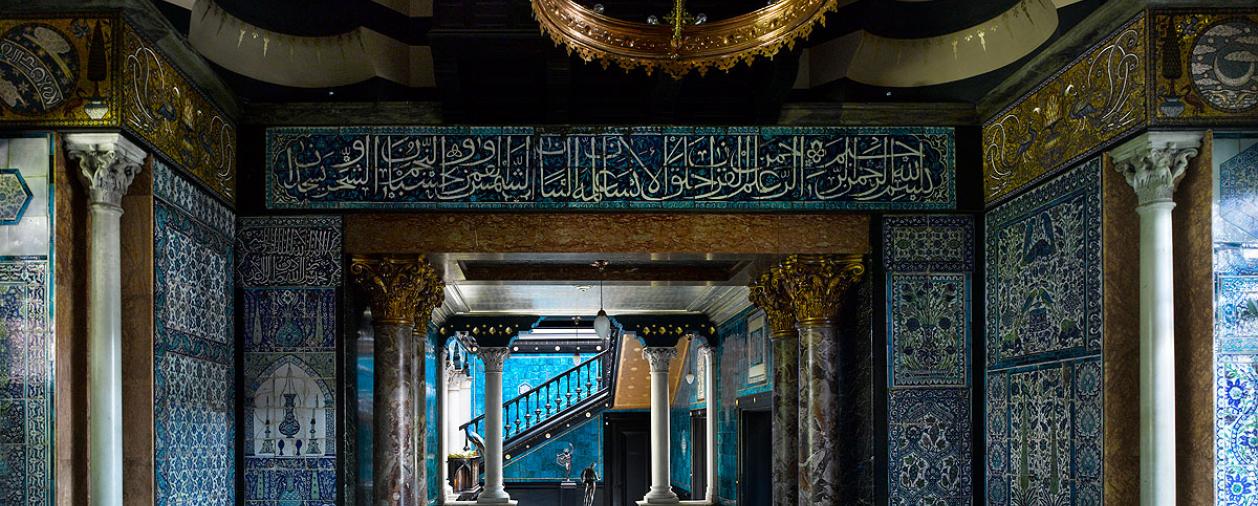
Arab Hall and Narcissus Hall, Leighton House.
Explore Victorian Artists at Home
Victorian Treasures from Cecil French and Scott Thomas Buckle
Exhibition open until 21 SeptemberWhat's on
Explore more Carousel containing 5 cardsAn immersive exploration into the domestic life of the Victorian era
Last chance to see our current exhibition.
Practise your life drawing in Leighton's artist studio.
Explore secret life in our garden!
New dates added due to popular demand! Book your free ticket now.
Getting here
Welcome to Leighton House and Sambourne House
Leighton House: 12 Holland Park Road, London W14 8LZ
Open Wednesdays to Mondays, 10am to 5:30pm (last entry 4:30pm)
Sambourne House: 18 Stafford Terrace, London W8 7BH
Open Wednesdays to Sundays, 10am to 5:30pm (last entry 4:30pm)
Nearest tube stations: Kensington (Olympia), High Street Kensington
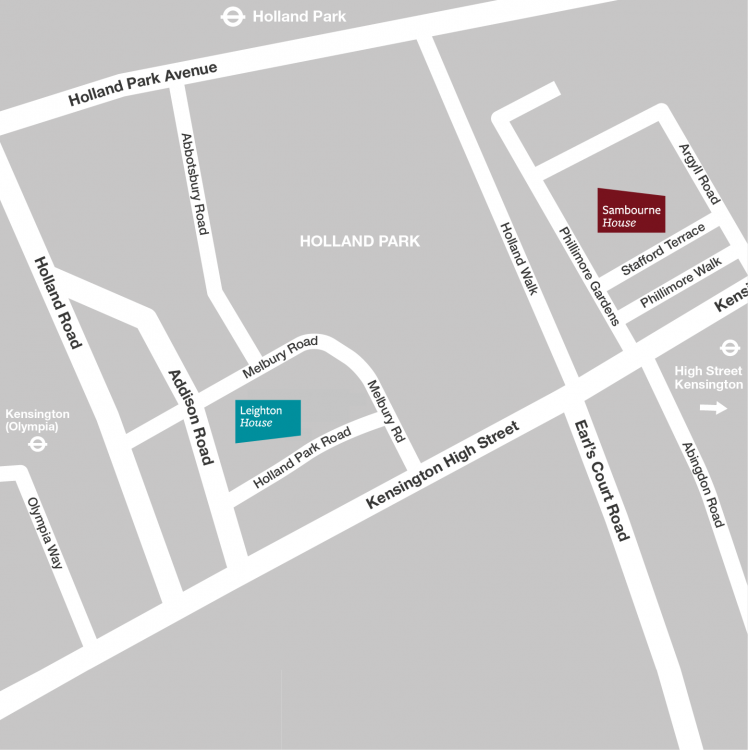
What's New
Learn with us
Find out moreVenue Hire
Book your special event with usJoin The Friends
Discover the exciting benefits of our membership programme, The Friends, and help support our work
